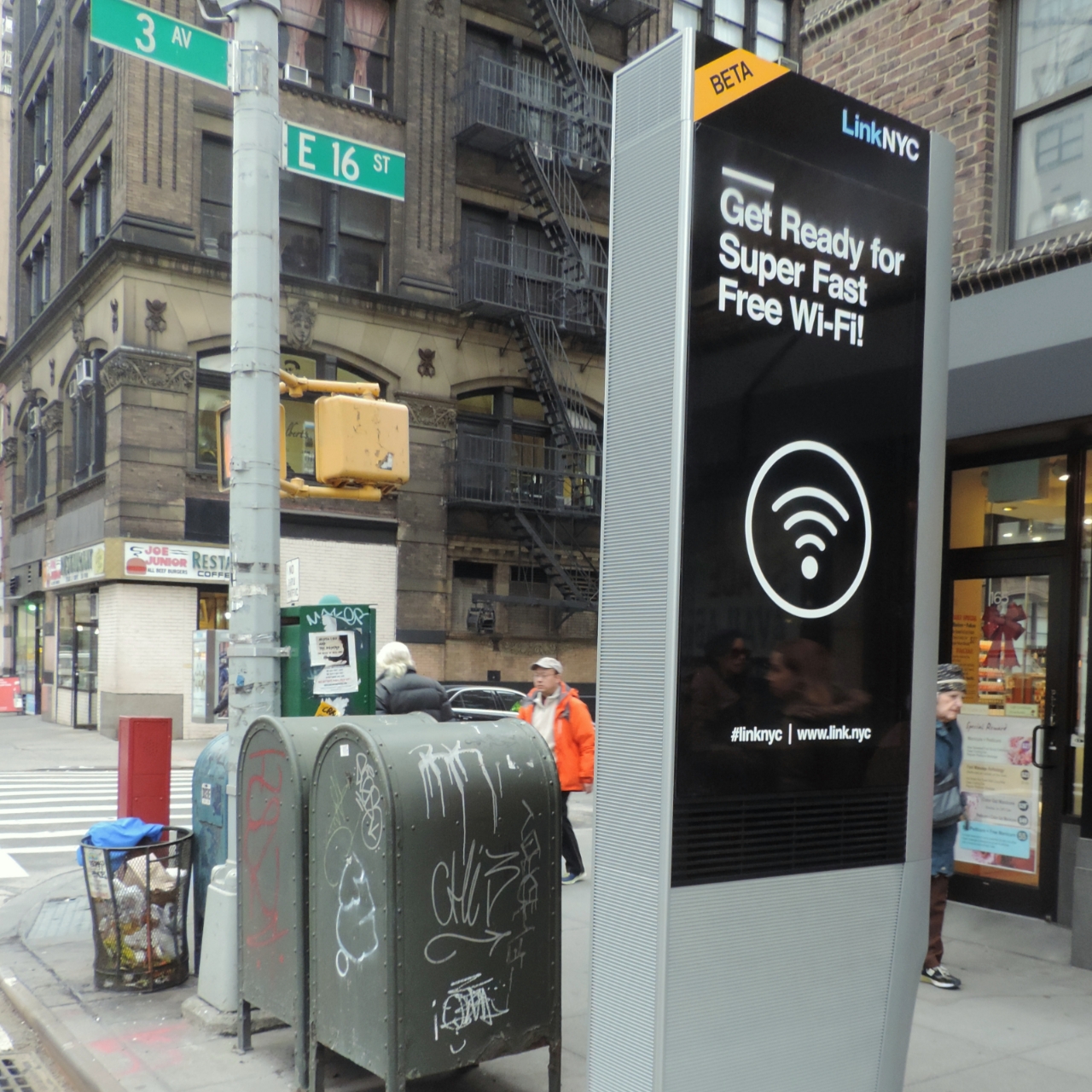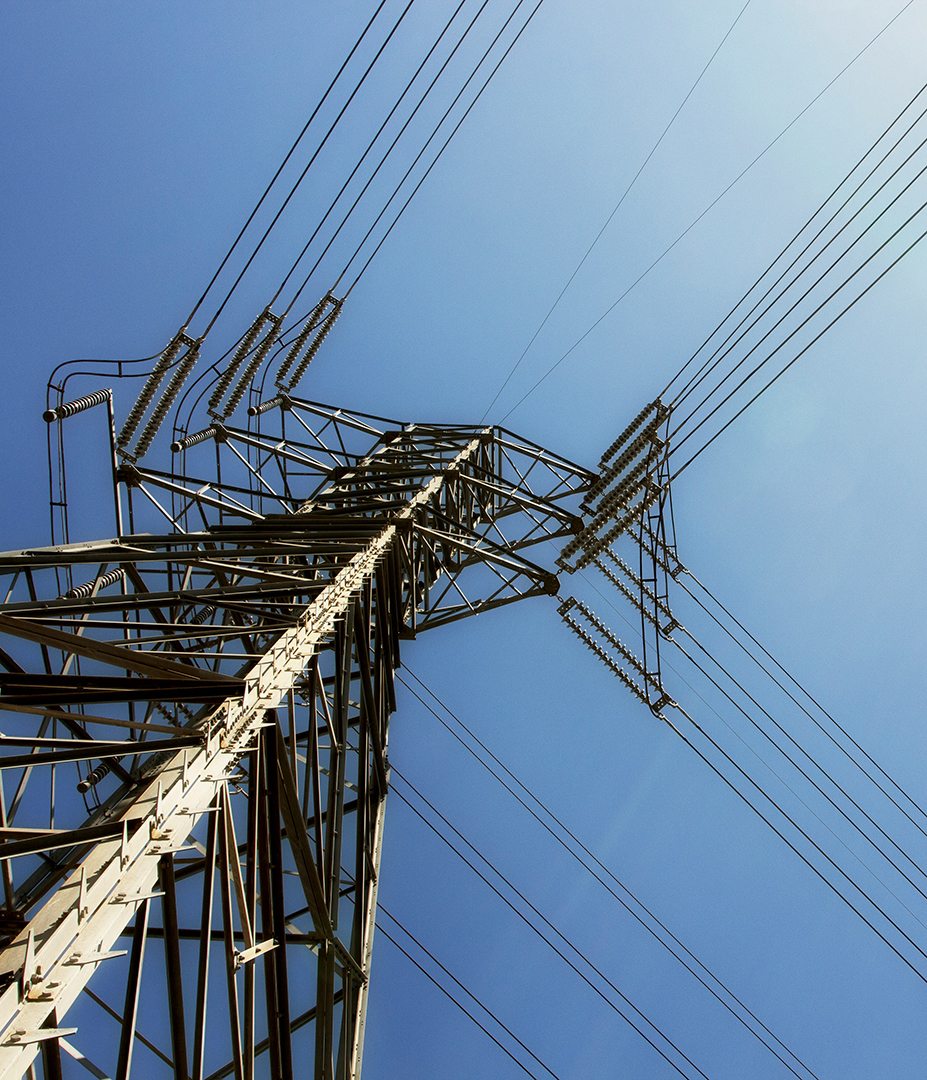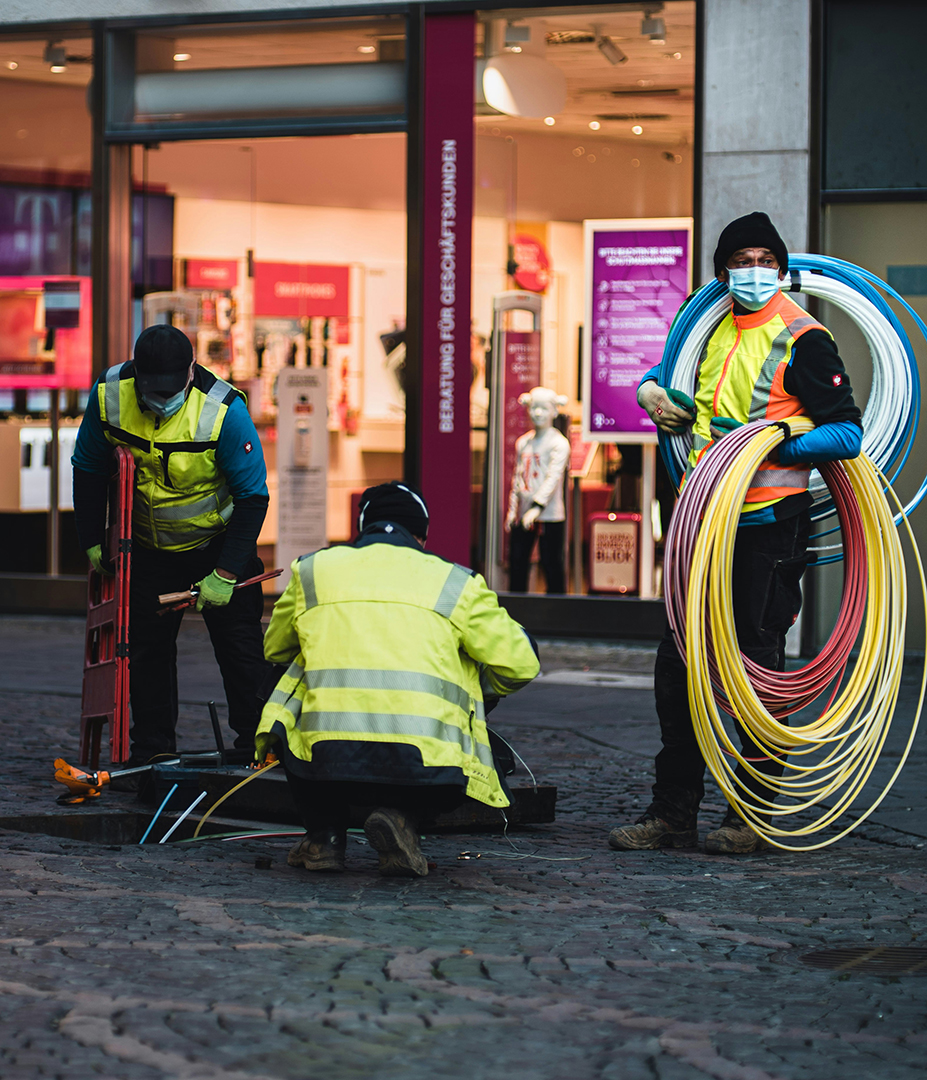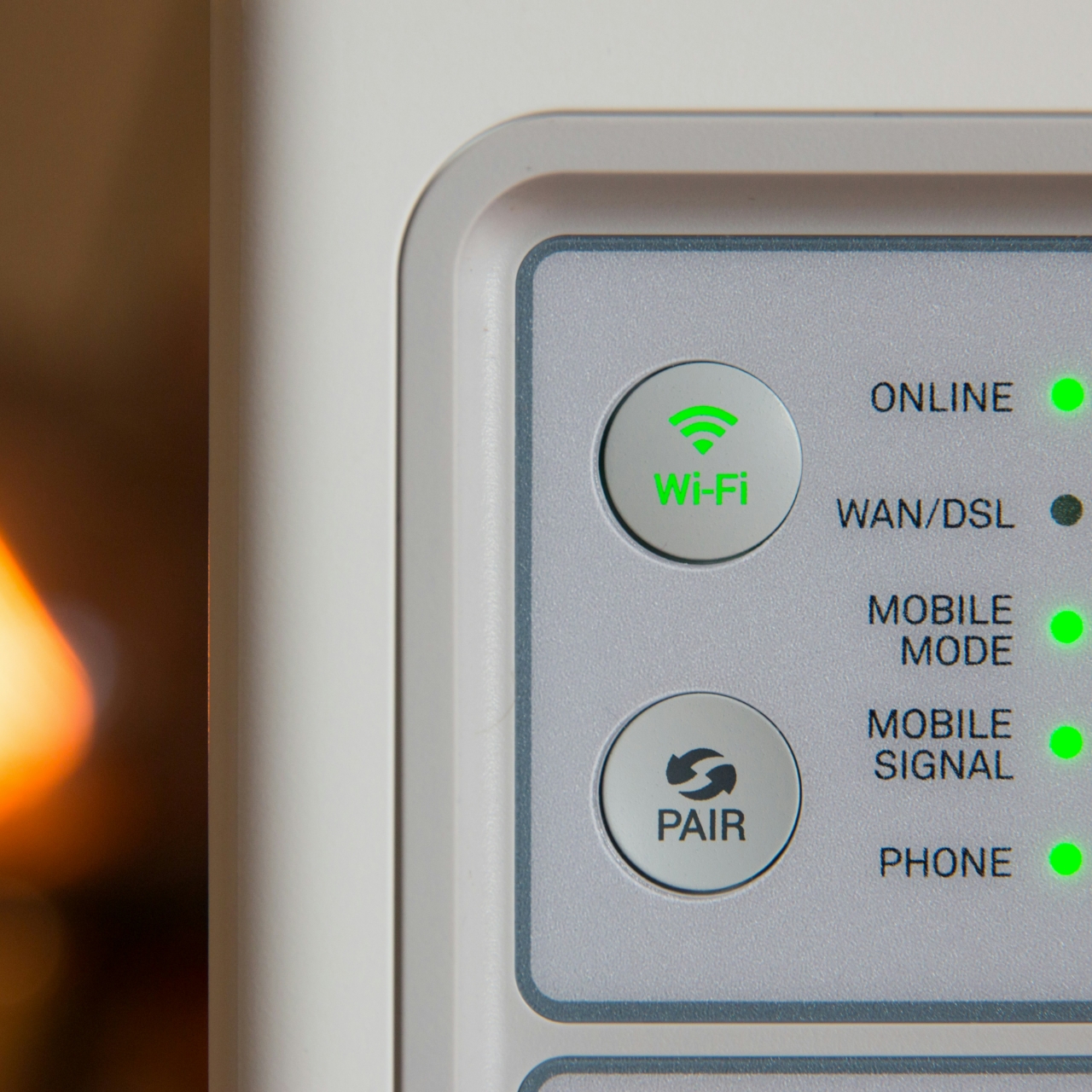Georgia, Inland Waterways, National Category
Startup Uses Drone for Cleaning Water, Collecting Data


As the fabric of work, society, and commerce has moved into the digital realm, a fast and reliable connection to the internet has become essential. In 2000, only 1% of U.S. adults had broadband access at home, compared to 80% today. America’s economy requires reliable broadband access, with research showing that the nation would have lost $1.3 trillion in economic growth between 2010 and 2020 if broadband speeds and adoption had remained at 2010 levels. While the total amount of public spending on broadband is difficult to estimate, the private sector has invested approximately $2.2 trillion in broadband infrastructure since 1996, with the Infrastructure Investment and Jobs Act (IIJA) recently providing an additional $65 billion in federal dollars. Yet, broadband access and adoption continue to face several challenges. Estimates show that 10% of households (12.7 million) do not have a broadband subscription, whether at home or on a mobile device. As new investments are deployed to connect the remainder of Americans to broadband, extreme weather poses challenges to internet reliability and new technologies create a rapidly changing environment.
Americans lack
fixed broadband service
provided $65 billion to improve broadband access and
close the digital divide
will require an additional 205,000 employees over the next five years to
build, operate and maintain, broadband networks
While broadband technologies have been widely adopted over the past two decades, a digital divide remains based on age, income, education, and geography. The FCC’s June 2024 broadband map shows that 94% of U.S. households can access a broadband connection at home that meets the FCC’s high-speed internet definition. By the FCC’s definition, a 1 GB file should take approximately 80 seconds to download, while the upload speed meets the requirements for video web conferencing applications. Availability can vary significantly based on location, with rural and tribal areas often experiencing lower rates of access compared to urban regions. As recently as 2022, the FCC estimated 24 million Americans lacked fixed broadband service, including 28% of those in rural areas and more than 23% living on tribal lands. Furthermore, regardless of the high availability rate, approximately 15% of
U.S. adults do not have a home broadband connection for a variety of reasons, including affordability.
Some broadband infrastructure in the U.S. is funded by federal, state, and local governments, but private sector ISPs are primarily responsible for building broadband infrastructure and selling internet services to the public. A rising number of municipal broadband networks are administered by local governments, with nearly 450 operating across the country as of January 2024.


It is estimated that it will cost $61 billion to meet the BEAD program’s stated goal of universal broadband availability for every American by 2030, with federal capital investments estimated to total $42.5 billion over that same period. Therefore, if current funding levels continue, the nation is well poised to meet today’s needs. However, deployment costs are increasing, with some firms seeing costs increase by over 10% for deployment, with materials and labor costs being the largest drivers for the increase.
Depending on the technology deployed, the cost to operate and maintain broadband networks can vary greatly, with fiber-to-home networks generally the most cost-effective method to operate, costing $53 a year per home passed (PHP) versus $107 PHP for hybrid fiber coax and $144 PHP for DSL networks.

The nation’s broadband infrastructure provides a target for bad actors looking to damage and disrupt businesses, services, and the economy. For example, in November 2024, Chinese hackers breached at least eight U.S. telecommunications providers and stole customer call and law enforcement surveillance request data. These sorts of data breaches are estimated to cost $4.9 million per impacted organization globally.
Severe weather and other natural disasters can disrupt or disable critical broadband infrastructure. Broadband infrastructure must be built to withstand more frequent extreme weather events, such as increased precipitation, threatening temperatures, high humidity, and rising sea levels across its service life. To meet the threats
presented by extreme weather, hardened features to withstand specific disasters are vital to the health of these critical systems; these include burying vulnerable fiber-optic lines and reinforcing towers. Creating redundant systems, like backup batteries and power generators, help build a more resilient network to handle the rise in extreme weather.

Photo Attributions

Select your home state, and we'll let you know about upcoming legislation.
"*" indicates required fields